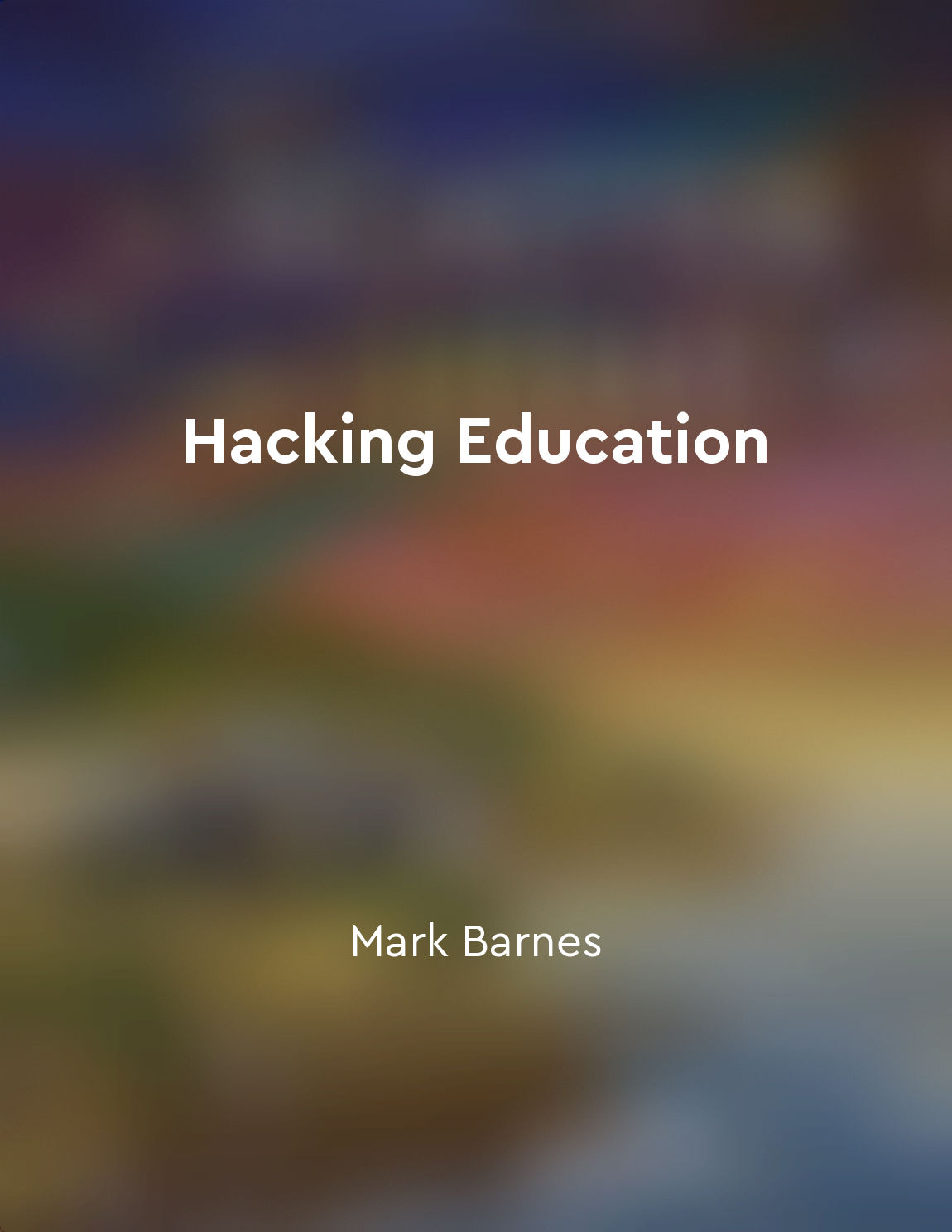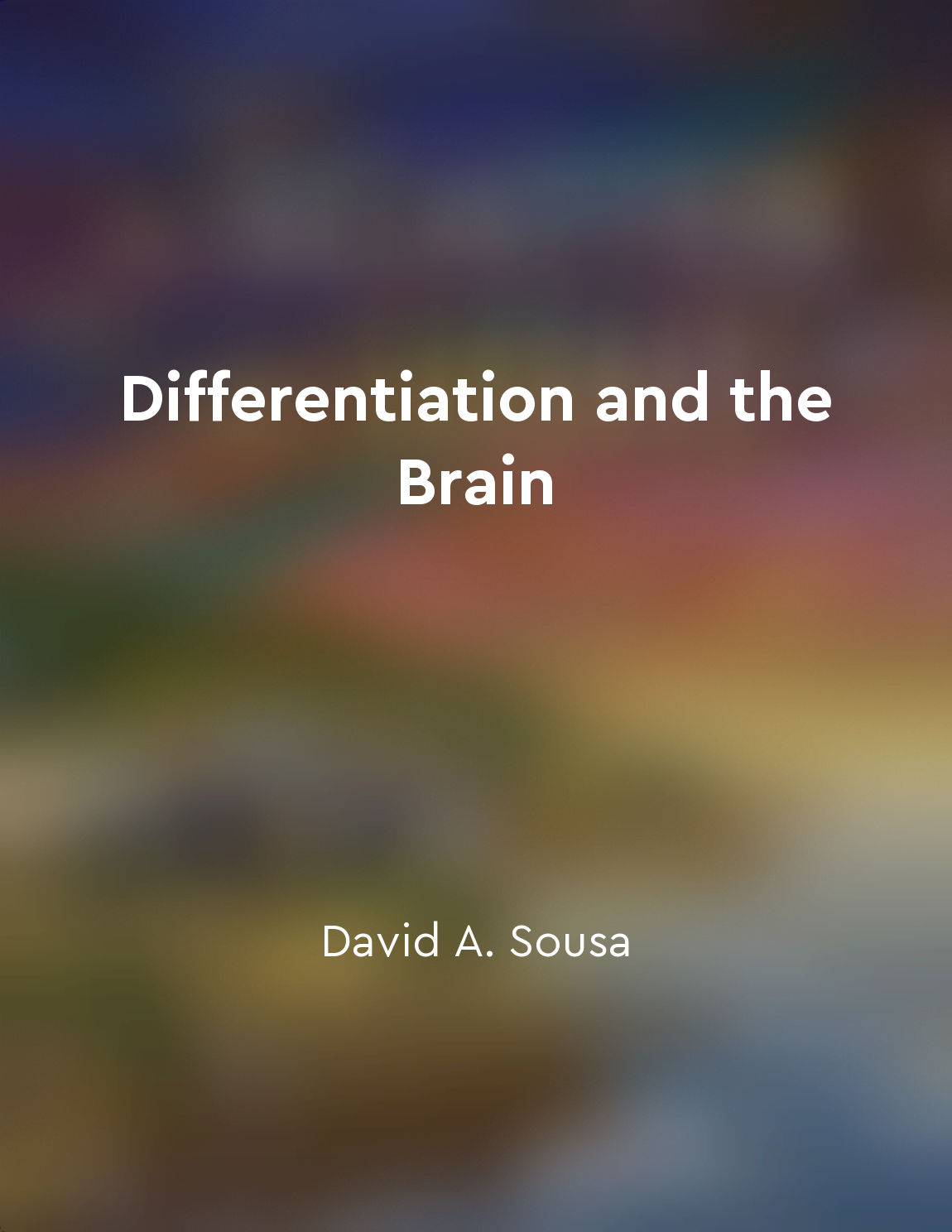Understanding students' strengths and weaknesses is key to differentiation from "summary" of Differentiation and the Brain by David A. Sousa,Carol A. Tomlinson
To effectively differentiate instruction, educators must have a deep understanding of their students' individual strengths and weaknesses. This knowledge serves as the foundation for tailoring teaching strategies to meet each student's unique needs. By recognizing what students excel in and where they may struggle, teachers can design lessons that both challenge and support them appropriately. Differentiation involves adjusting the content, process, and product of learning to ensure that students are engaged and making progress. This approach requires teachers to be flexible and responsive, adapting their instruction based on the diverse abilities and learning styles present in the classroom. By identifying students' strengths, educators can build on these areas of proficiency to enhance learning and boost confidence. Conversely, understanding students' weaknesses allows teachers to provide targeted support and scaffolding to help them overcome challenges. By addressing areas of difficulty through differentiated instruction, educators can promote growth and development in all learners. This personalized approach recognizes that every student is unique and requires individualized support to reach their full potential. Differentiation is not a one-size-fits-all solution; it is a dynamic and ongoing process that requires continuous assessment and adjustment. By understanding students' strengths and weaknesses, teachers can create a learning environment that is responsive to the needs of all learners. This student-centered approach fosters a sense of belonging and engagement, ultimately leading to improved academic outcomes for every student. In summary, differentiation is rooted in the understanding of students' strengths and weaknesses. This knowledge informs teachers' instructional decisions and allows them to create a learning experience that is tailored to the individual needs of each student. By recognizing and addressing these differences, educators can support all students in reaching their full potential and achieving academic success.Similar Posts

Empower students to take ownership of learning
The idea of empowering students to take ownership of their learning is not just a trendy educational catchphrase; it's a fundam...
Assessment helps track student progress
Assessment plays a crucial role in education as it helps educators track the progress of their students. By regularly assessing...

The brain thrives on challenges and new experiences
The brain is a complex organ that is constantly seeking stimulation and growth. When faced with challenges and new experiences,...

Brainfriendly classrooms promote curiosity and creativity
Brainfriendly classrooms are designed to engage students' natural curiosity and stimulate their creativity. By providing a stim...
